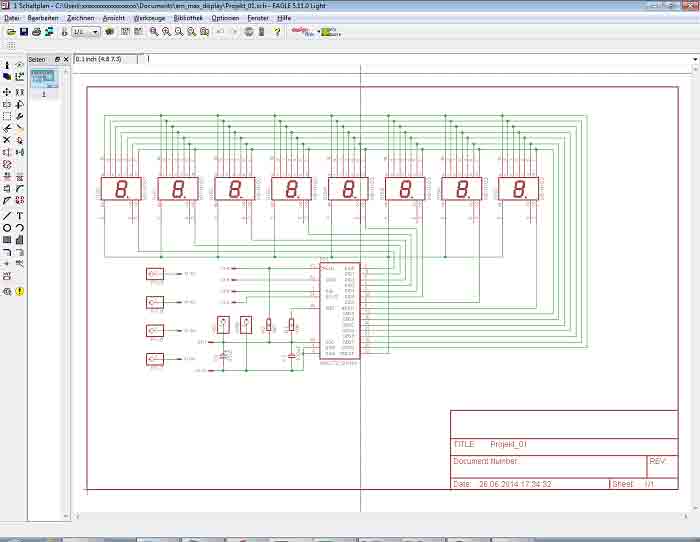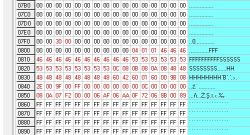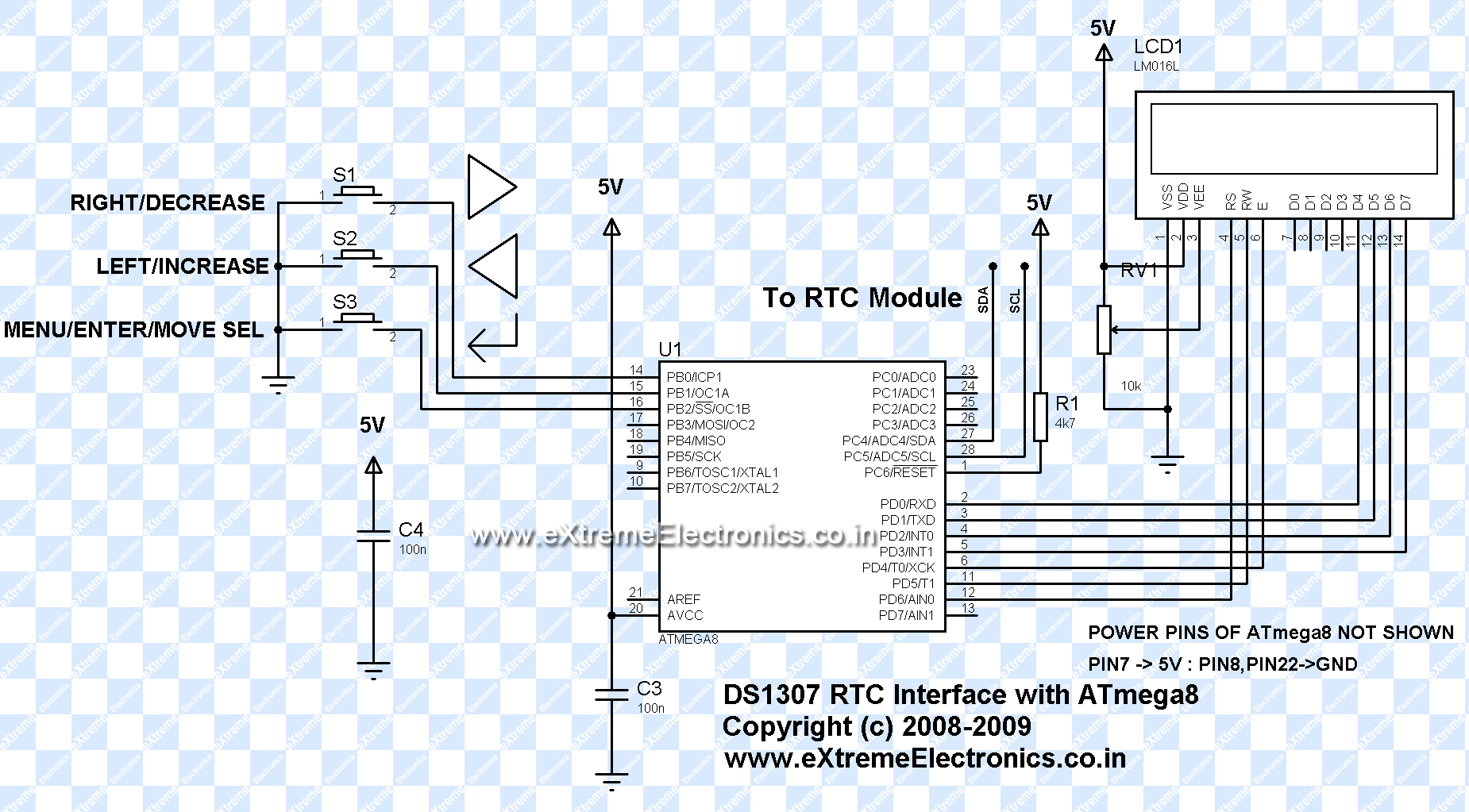
I know there are other options besides PIC, like the Arduino and some Atmel Atmega chips where I could use the BASCOM basic compiler too.

Would the PICBasic Pro (Experimenter edition) setup be sufficient for me? 5).

I'm experienced in Visual Basic & VB.NET/C# programming (mostly doing C# today), but I was hoping I might be able to do my programming for this (and other) projects in the PIC in BASIC (like I did with the PICAXE). In order for the PC to tell the PIC the time, will I be able to use a PIC (like the 18F2455) to set the time directly or to the DS1307? Or will I need to use FTDI USB-serial convertor chip? 4). I believe the DS1307 will automatically switch to battery if it detects power loss, to keep the time, and I'd like that type of feature. Will I even need a DS1307 or does the PIC have a built-in accurate clock. Will the PIC provide the LED display drivers on-board or will I need a separate driver chip(s) for that (like a MAX7221)? If so, what LED driver chip would you recommend? I was thinking on doing it via multiplexing. I have seen the PIC18F2455 as it seems to have direct USB communications, but I don't know if that's over kill or not? My main questions are: 1). I'd like to keep the cost as low as possible and use as little chips as possible. I want to show the time on a 4 digit 7 segment LED display.

See the datetime.bas example that shows how you can use a DS1307 clock chip. keep the clock in sync with the PC clock). This time you will be asked in which program group the BASCOM-AVR icon must. The main part of my project is that I want the clock to be set via a PC's USB port (i.e. I feel it's a fairly simple project that involves a real time clock (DS1307) and a PIC processor. Hello, I'm somewhat a noob to using PIC micro-controllers (I've only used PICAXE) and am hoping someone can get me started with a new project I'd like to do.


 0 kommentar(er)
0 kommentar(er)
